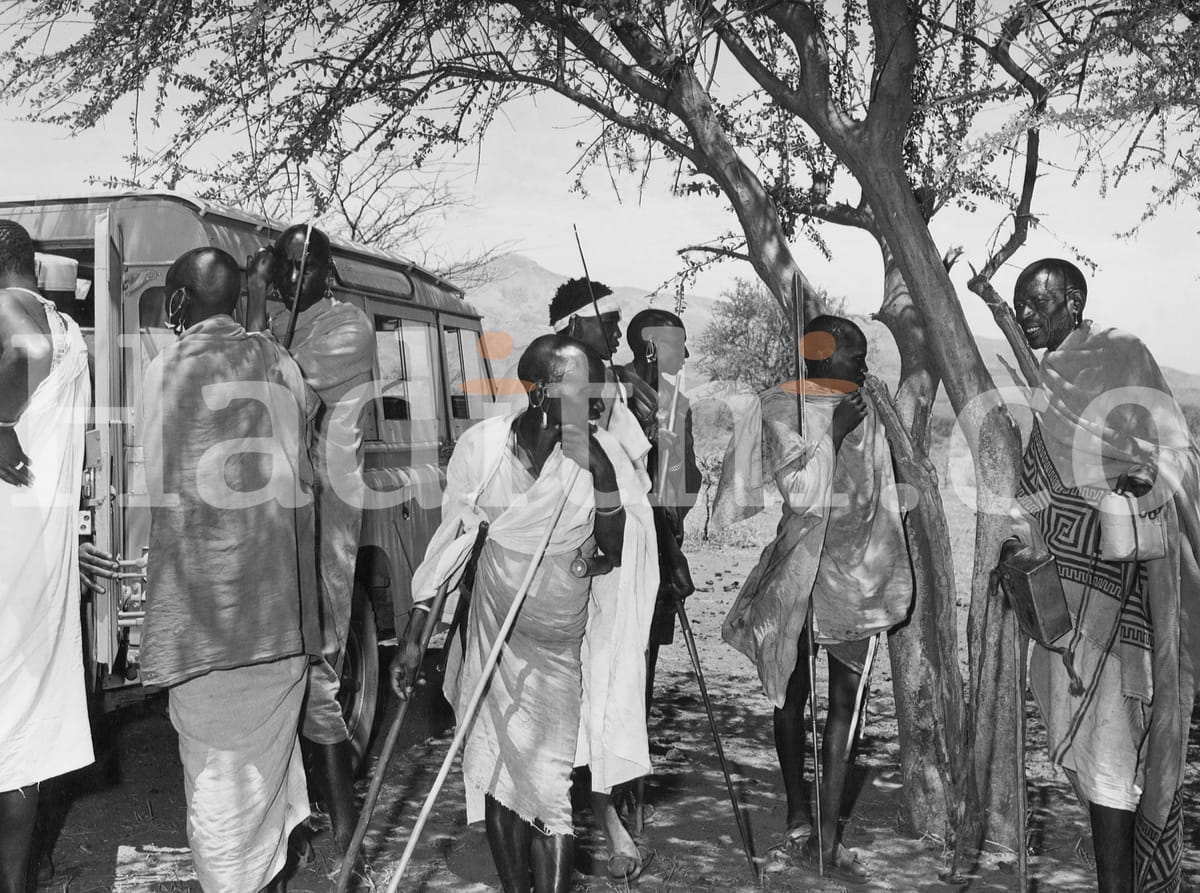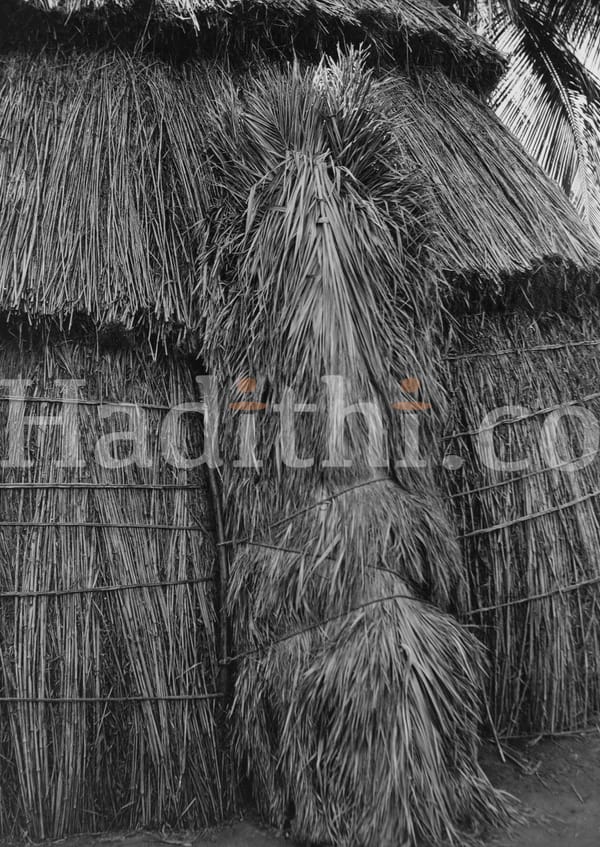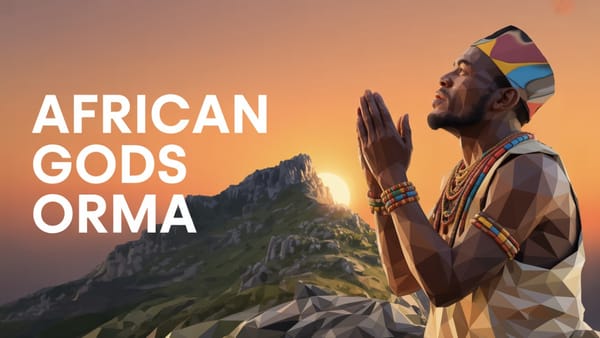The Maasai People and Their Deep Connection to Milk

The Maasai, a vibrant community residing in southern Kenya and northern Tanzania, have a unique and profound relationship with milk. This relationship is not just about sustenance; it intertwines with their culture, economy, and daily lives. Let’s explore how milk plays such a central role in the Maasai way of life.
Milk as a Staple Food
For the Maasai, milk is a fundamental part of their diet. They consume it daily, both in its fresh form and as soured milk. In the arid regions where they live, milk serves as a crucial source of hydration and nutrition. It's often enjoyed directly from a calabash gourd, a traditional container.
One interesting aspect of their diet is the mixing of milk with fresh cow's blood. This blend is not only nutritious but also holds ritual significance. The milk-blood mixture is especially valued for its protein content and is given to those who are sick, new mothers, or individuals recovering from procedures like circumcision.
The Role of Cattle.
Cattle are central to Maasai life, and their diet heavily relies on milk and dairy products. These contribute significantly to their daily caloric intake. While the Maasai do eat meat, blood, fat, honey, and some plant-based foods like ugali (a maize porridge), milk remains the cornerstone of their traditional diet.
Traditionally, the responsibility of milking falls to women, who also manage the household and care for children. This role highlights the importance of women in Maasai society, as they are not only caretakers but also vital contributors to the family’s nutrition.
Milk's Cultural and Spiritual Significance
Beyond its nutritional value, milk carries deep cultural and spiritual meanings for the Maasai. It symbolizes life, fertility, and health, reflecting the nurturing qualities associated with women and female cattle. In various rituals, such as fertility ceremonies and rites of passage, milk is often paired with honey beer. Many believe that milk possesses mystical properties, especially relating to women, symbolizing their nurturing nature principle, enhancing the spiritual essence of these ceremonies. When warriors are being anointed, they engage in what was termed as a “drinking ceremony, ”which involved a mixture of milk, urine, and other substances symbolizing blessings for cattle, people, and future prosperity.
Milk is also a central ritual involving fertility and spiritual purification. One of such rituals involved elders sprinkling a mixture of milk, honey beer, and saliva on women, believing it to be a form of mystical insemination. Milk is frequently paired with honey beer in ceremonies, such as when warriors are preparing for war, where women hold milk and men hold honey beer as an offering to God. This pairing is believed to reinforce the sacred balance of life and death, with milk representing the life-giving female principle and the meat representing the male principle of death
Furthermore, milk is believed to have healing properties. It was consumed by individuals who were also ill, had recently given birth, or had undergone circumcision, serving as a restorative, immune-boosting drink. They believe that milk combined with blood forms a particularly effective healing soup for the wounded. The practice of drinking milk is so deeply ingrained that it is considered a divine commandment, reflecting their belief that their relationship with cattle and their sustenance is a sacred trust from their god, Enkai
Unique Adaptations to Milk
Interestingly, many Maasai individuals can consume large amounts of milk despite a common condition known as lactose malabsorption. This suggests that they may have developed a unique physiological adaptation, possibly due to genetic selection for lactase persistence. This adaptation enables them to enjoy the nutritional benefits of milk without experiencing adverse effects, which is quite rare in many other populations.
Moreover, their traditional diet, rich in animal fats and cholesterol, has contributed to unexpectedly low rates of cardiovascular disease among the Maasai. This phenomenon has sparked interest among researchers, who continue to study the connections between diet, genetics, and health in this remarkable community.
Conclusion
The Maasai people's relationship with milk is a beautiful tapestry woven from threads of sustenance, culture, and health. Milk is not merely a food item; it is a symbol of life and community. Through their unique practices and deep-rooted traditions, the Maasai demonstrate how a single food can embody so much more than nutrition, serving as a cornerstone of their identity and way of life.




